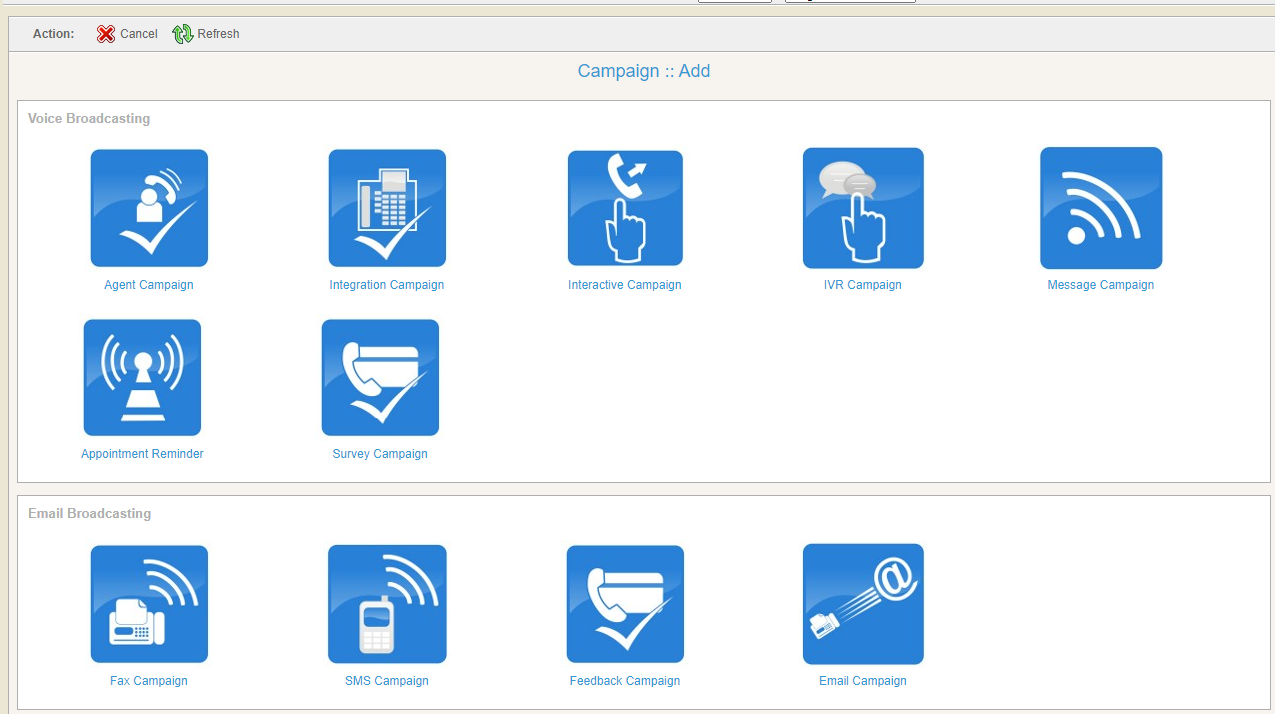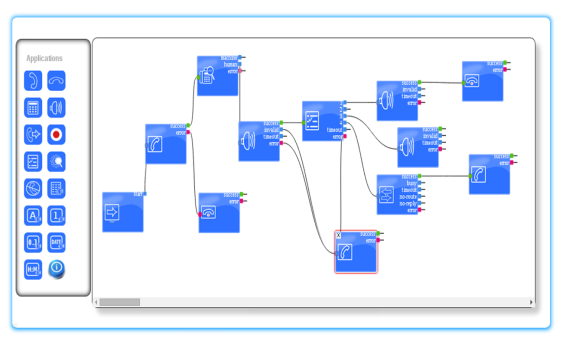Introduction:
In the dynamic scene of modern trade, successful communication stands as a crucial column for organizational success. As innovation proceeds to advance, businesses are constantly on the post for innovative solutions to optimize their communication processes. Among these solutions, voice broadcasting software has risen as a popular choice. In this article, we’ll dive into the features and advantages of ICTBroadcast, a driving voice broadcasting software, and investigate how it can essentially enhance communication productivity for businesses.
UNDERSTANDING VOICE BROADCASTING SOFTWARE:
Voice broadcasting software empowers businesses, organizations, and individuals to efficiently communicate with a large audience by delivering pre-recorded messages simultaneously. By automating the process of delivering voice messages through phone calls, this powerful tool enables streamlined and effective communication.
This software leverages interactive voice response (IVR) innovation, empowering recipients to engage with the system through prompts or input. This two-way communication capability enhances client engagement and allows for personalized informing, fostering a more interactive and important communication experience.
Besides, the software supports different communication channels, including traditional landlines, versatile phones, and Voice over Internet Protocol (VoIP) devices. This flexibility ensures that messages can be delivered through different mediums, catering to the preferences and openness of differing recipients.

FEATURES OF ICTBROADCAST VOICE BROADCASTING SOFTWARE:
ICTBroadcast is a powerful voice broadcasting software that offers a range of features to enhance communication productivity. Let’s delve into some of its key features:
A) MULTI-CHANNEL SUPPORT:
ICTBroadcast supports multiple communication channels, including PSTN (Public Switched Telephone Network), VoIP (Voice over Internet Protocol), and GSM networks. This ensures that messages can be delivered to recipients through their preferred communication medium.
B) INTERACTIVE VOICE RESPONSE (IVR):
The interactive voice menus feature in ICTBroadcast expands the possibilities for businesses to tailor their messages and offerings based on the responses received. It enables businesses to provide a more customized experience to their audience, enhancing customer satisfaction and fostering a deeper level of engagement.

C) CONTACT MANAGEMENT:
ICTBroadcast allows businesses to efficiently organize their contacts, ensuring that no valuable connections are overlooked. The software facilitates the import of contacts from various sources, such as existing databases, spreadsheets, or CRM systems. This eliminates the need for manual entry and saves time, enabling businesses to quickly set up their campaigns.
D) SCHEDULING AND AUTOMATION:
ICTBroadcast permits users to schedule voice broadcasting campaigns at particular dates and times. Automation features empower businesses to set up recurring campaigns, guaranteeing timely and reliable communication.
E) REAL-TIME MONITORING AND REPORTING:
The software provides real-time monitoring and reporting capabilities, allowing businesses to track campaign progress, view call logs, and analyze response rates. This data helps organizations make informed decisions and optimize their communication strategies.
BENEFITS OF USING ICTBROADCAST VOICE BROADCASTING SOFTWARE:
Implementing ICTBroadcast voice broadcasting software can bring several benefits to businesses, enhancing their communication productivity. Here are some key advantages:
A) IMPROVED REACH AND EFFICIENCY:
Voice broadcasting software empowers businesses to swiftly reach a vast number of recipients in a short period of time. This efficient communication tool not only saves valuable effort but also guarantees the prompt and consistent delivery of essential messages.
By utilizing voice broadcasting software, businesses can bypass the limitations of manual outreach methods. Instead of individually contacting each recipient, the software enables simultaneous message delivery to a large audience through automated phone calls. This automation significantly reduces the time and effort required to reach a wide range of individuals or groups.
.
B) ENHANCED CUSTOMER ENGAGEMENT:
With interactive voice menus and IVR capabilities, businesses can engage customers in a personalized manner. Recipients can provide feedback or respond to prompts, creating an interactive communication experience.
C) COST SAVINGS:
Voice broadcasting software eliminates the need for manual calling or hiring call center agents for message delivery. This significantly reduces costs associated with labor, infrastructure, and telephone charges.
D) INCREASED PRODUCTIVITY:
By automating communication processes, businesses can save time and allocate resources to other critical tasks. The scheduling feature allows campaigns to run seamlessly without manual intervention.
E) ANALYTICS AND INSIGHTS:
The real-time monitoring and reporting features of ICTBroadcast provide valuable insights into campaign performance. Organizations can analyze response rates, measure the effectiveness of their messages, and make data-driven improvements.
CONCLUSION:
In summary, voice broadcasting software is a flexible tool that allows businesses, organizations, and individuals to send prerecorded messages to large groups of people. Simply put, when businesses understand how to use voice broadcast software, they can improve their communications, improve their marketing, and easily reach the right people. This ensures that communication efforts are conducted ethically and in accordance with legal requirements. Overall, understanding voice broadcast software allows businesses to optimize their communication strategies, improve marketing campaigns, and reach their target audience more effectively. This is a valuable tool that will revolutionize the way businesses interact with their customers and stakeholders.
Leveraging Open Source in ICT